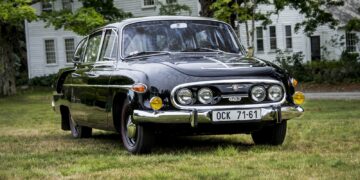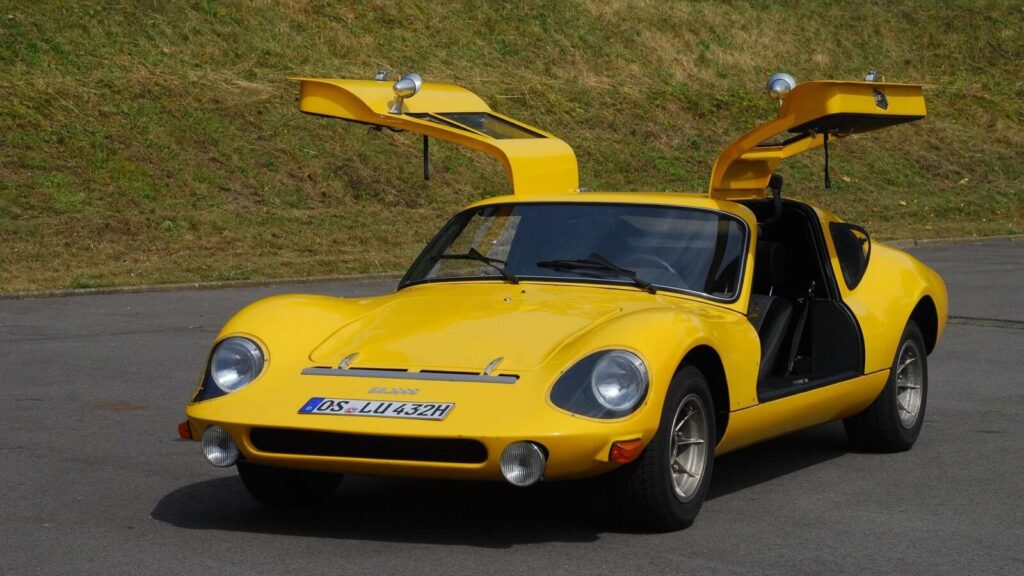Little illustrates the difference between West Germany and East Germany as much as the cars of the respective states. With the reunification 30 years ago, the streetscape in the new all-Germany changed visibly. 2-stroke cars rattled through Hamburg, Porsche and Mercedes raced towards the East.
East Germany also used to have more luxurious sedans. Some were imported from the West, while others were bought from other Eastern states. All in all, they were much rarer than in the West. But no less beautiful. Below are five great cars from East Germany. We explain what they once meant to East Germany and what became of the manufacturers. And how much used examples cost today.
The legend behind the creation of East Germany’s most spectacular car: In 1963, at the airfield race in Vienna Aspern, East Germany’s star racing driver Heinz Melkus (1928-2005) saw the Lotus Elan – the light flounder from Colin Chapman’s design office. He thought to himself: I could build that, as well.
However, the political leadership in his home country had to permit before he was allowed to do so. The exclusive sports cars were only partly compatible with the understanding of socialism at the time. The budding designer’s hero status helps the hang-up even more: Officially, the Melkus RS 1000 is built from 1969 in honor of the 20th anniversary of the founding of East Germany.
Optically, the 850-kilogram sports car measures up to Lotus and Lambo, but under the body is a Wartburg 353. A three-cylinder two-stroke engine is located in front of the rear axle. This 1.0-liter unit delivers 70 hp in the road version and up to 90 hp in the motorsport variant.
By way of comparison, a V8 engine between the axles of a Ford GT40 produced a scant 380 hp at the time. Overall international victories and global attention failed to materialize. Yet in its displacement class, Melkus was a weapon, in its home country a dream car.
At 30,000 East Marks, this gullwing with a lattice tube frame didn’t cost that much more than an imported limo. However, the sports car was first only sold to selected racing drivers. Later, several examples found their way into the garages of high-ranking party officials. 101 examples are said to have been built between 1969 and 1979; two exactly identical models from the original series will be hard to find.
The Dresden production facility often had to improvise. The Eisenach plant’s fixed parts quotas only in the early phase. The engineers are also experimenting with the available assemblies: Optionally, brakes from the Polski Fiat 126 P decelerate at the front instead of Wartburg stoppers. Meanwhile, Melkus installs engines from BMW, Moskwitsch and WAS.
The second life of the Melkus RS 1000 begins in 2006: Founder-brother Peter Melkus manufactures replicas according to original plans. On the used car market, originals like replicas are rare. There were one perfectly preserved example for sale, number 43 from the first series was priced at 145,000 euros.
Barely three decades after the fall of the Berlin Wall, East Germany’s only sports car brand is merging with its technical role model: Heinz Melkus’ grandson Sepp offers the Melkus RS 2000, which is a modern small-series adaptation based on a Lotus Elise 111R. The Lotus Elan, which was the initial spark of inspiration, has long since ceased to exist in that spring of 2010.


















































Discussion about this post